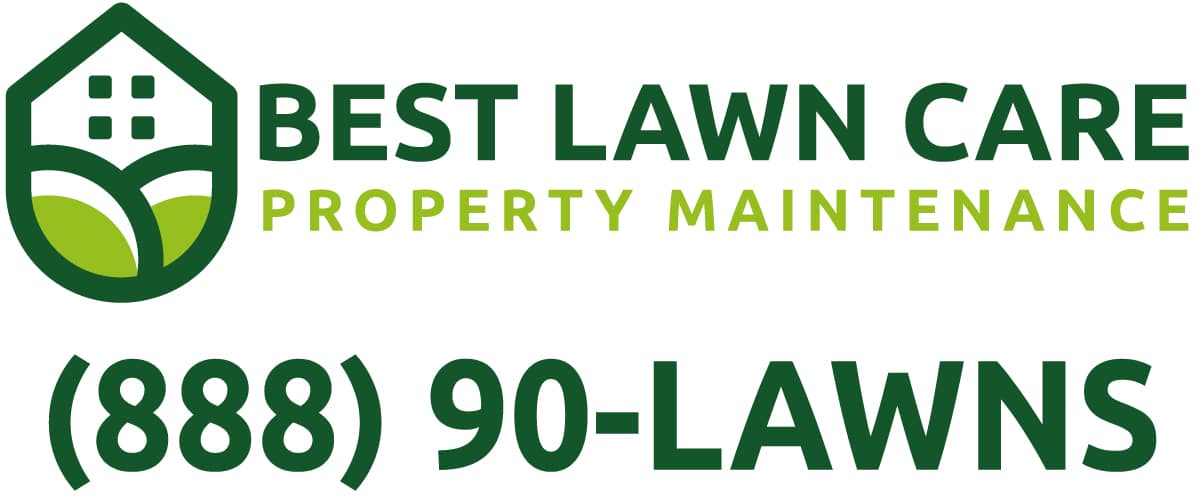Once the snow is gone it is time to go over your whole lawn and get rid of any debris. Flower beds, fence lines, and along foundations is where most debris likes to gather. Once that is done, give your lawn a good raking. Early raking of the lawn helps to remove some of the grass thatch that built up over the last growing season. It also removes dead grass before it can become part of the thatch. In addition to removing lawn debris Spring raking also stimulates grass growth and creates a pathway for air and water to reach the soil.
Other things you might want to consider doing during your Spring cleanup are; pulling any weeds, trimming any perennials you missed in Fall, and cutting back native grasses you leftover Winter.
Try not to do too much. The soil is still very wet at this point, so you don’t want to spend too much time on the lawn. Footprints and machinery can easily create depressions that lead to puddles.
If your lawn suffers from crabgrass or other lawn weeds, a pre-emergent lawn treatment might be in order. Pre-emergents help prevent weeds from forming in your lawn. This can cut down on later work when applying post-emergent treatments. The best time to apply your pre-emergent when the soil is starting to dry out. Aim for soil that is moist but not saturated. Also, try to plan it for when rain is in the forecast. April is a great month for pre-emergent as there is plenty of rain and it gives you a good amount of time before your first lawn fertilizing.
If your lawn is new or you don’t have a lawn weed problem. You should go light or skip the pre-emergent step.
Some people like to aerate in Spring, others prefer Fall aeration. Some aerate in Spring and Fall. I have found that all lawns are in different states and require different plans. If a lawn is in bad shape, I recommend both a Spring and Fall aeration with overseeding. If a lawn is in relatively good shape, I like to alternate Spring and Fall aerations. And finally, if a lawn is in great shape, Fall aerations are the way to go.
Whichever plan you decide to go with, couple your aeration with an overseeding. In the Spring your overseeding should be a little bit heavier. I prefer to overseed at a rate of 3-6 pounds of seed per 1000 square feet of lawn in the Spring. In Fall, I go a little bit lighter and aim for 2-4 pounds of seed per 1000 square feet.
Spring aeration and overseeding helps to allow more air, sun and water to penetrate into your lawn’s root system. This leads to a healthier and more durable lawn. The overseeding helps the lawn be more flush and young.
If you decide to aerate and overseed your lawn, lay down your Spring fertilizer at the same time. The aeration allows the fertilizer to get deeper into the soil. And the fertilizer boosts the growth of the freshly spread grass seed. Mid-to-late May is the perfect time for all three of these lawn care practices.
If you plan on skipping the aeration and overseeding this Spring, still aim for mid-to-late May for your lawn fertilizer. It is a good time to give the lawn a good meal that should last until Summer dormancy.
I prefer organic-based fertilizer due to the organics that it adds to the soil, but chemical-based fertilizers tend to perform just as well. Good nitrogen is the most important thing to look for in your Spring fertilizer. Phosphorus is not that important in a Spring feed, and can in some cases be harmful. If you are worried about burning your lawn, choose a slow-release fertilizer. Slow-release fertilizer significantly reduces the chance you will burn your lawn, especially if you are new to fertilizing your lawn.
Before you kick-off for the Summer, there is one last treatment you should do for your lawn. Give it a good post-emergent lawn treatment. The post-emergent lawn treatments work exceptionally well. The main reason for this is that they are applied after the weeds have emerged, so you can target the weeds directly. June is normally a great time for post-emergent treatments. Which leaves July and August for family vacations and cookouts!



